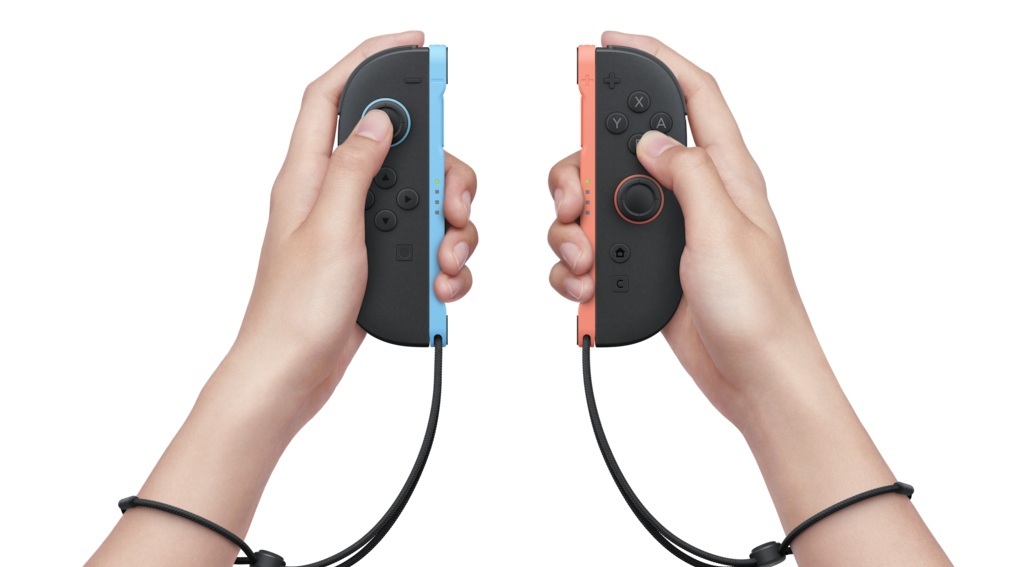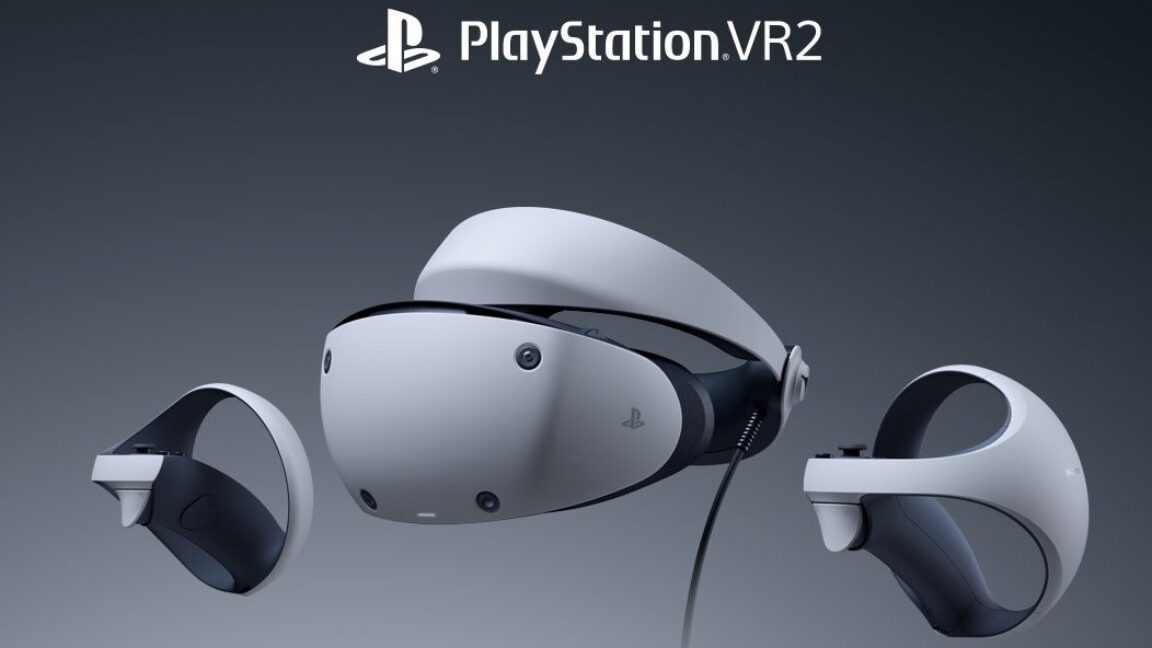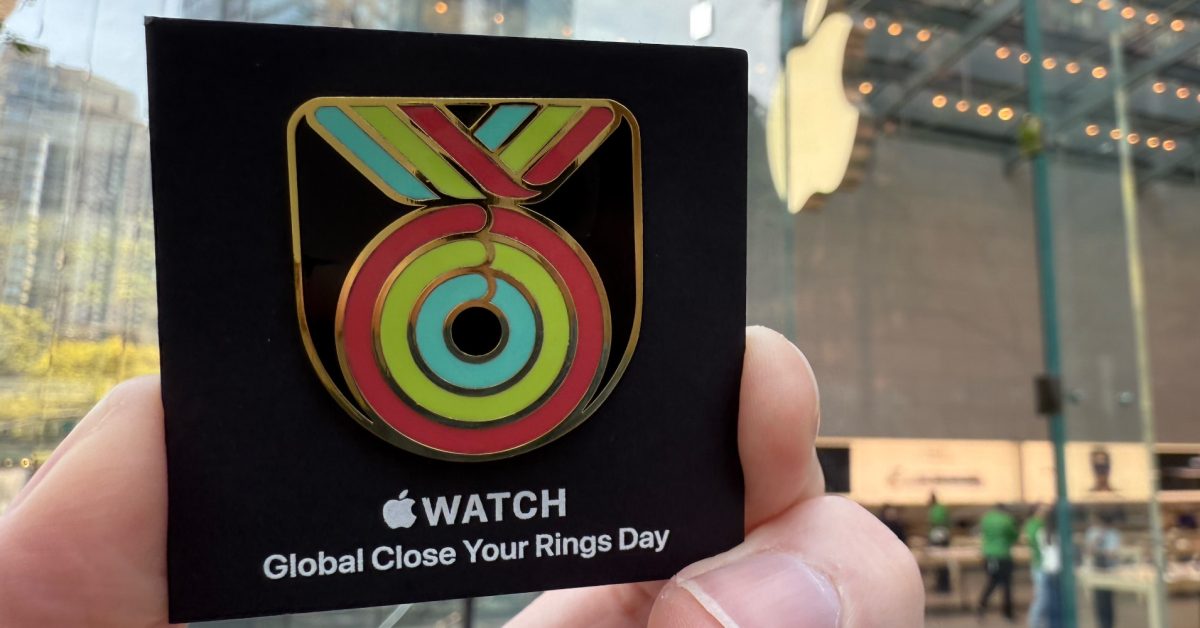Stick or Twist? Nintendo's Switch 2 Joy-Cons Dodge Hall Effect Upgrade
Technology
2025-04-07 13:30:49Content

Nintendo Crushes Fan Hopes: Switch 2 Joy-Cons Won't Feature Hall Effect Sticks
Fans of the Nintendo Switch have been eagerly speculating about potential improvements for the next-generation console, particularly regarding the notorious Joy-Con drift issue. Despite widespread hopes and rumors, Nintendo has dashed expectations by confirming that the upcoming Switch 2 will not incorporate Hall Effect joysticks.
Hall Effect technology, known for its durability and resistance to drift, has been a popular request among gamers frustrated with the current Joy-Con's mechanical stick design. Many enthusiasts believed this would be the perfect solution to the long-standing controller reliability problems that have plagued the original Switch.
However, Nintendo appears to be sticking with its current joystick technology, potentially leaving fans disappointed. The company has yet to provide a comprehensive explanation for this decision, leaving the gaming community to speculate about the reasons behind maintaining the existing design.
As anticipation builds for the next-generation Nintendo console, players will continue to hope for improved controller technology that addresses the persistent drift issues that have been a significant pain point for Switch owners.
Nintendo's Joy-Con Dilemma: The Hall Effect Controversy Unveiled
In the ever-evolving world of gaming technology, Nintendo continues to captivate and challenge consumer expectations with its latest hardware developments. The gaming giant finds itself at the center of intense speculation and debate surrounding the potential implementation of Hall Effect joysticks in its upcoming gaming system.Breaking the Silence: What Gamers Need to Know About Nintendo's Next-Generation Controllers
The Technical Evolution of Gaming Input Mechanisms
The landscape of gaming controllers has undergone remarkable transformations over the past decade, with manufacturers constantly seeking innovative solutions to enhance user experience. Hall Effect technology represents a potential breakthrough in joystick design, promising unprecedented precision and durability. Unlike traditional mechanical joysticks that rely on physical contact and friction, Hall Effect sensors utilize magnetic fields to detect movement, potentially eliminating common issues like drift and wear. Nintendo's engineering teams have been meticulously evaluating this technology, understanding the critical implications for player interaction and long-term controller performance. The complexity of implementing such advanced sensing mechanisms goes far beyond simple component replacement, requiring comprehensive redesign of existing controller architectures.Consumer Expectations and Technological Challenges
Gaming enthusiasts have been ardently discussing the potential benefits of Hall Effect technology, driven by experiences with drift-prone controllers in previous generations. The community's passionate discourse reflects a deep understanding of the technical nuances involved in creating superior input devices. Multiple sources within the gaming industry suggest that while Hall Effect technology presents compelling advantages, its integration is not as straightforward as consumers might imagine. Manufacturing challenges, cost considerations, and compatibility with existing game designs create significant barriers to immediate implementation.The Economic and Design Considerations
Nintendo's decision-making process involves intricate balancing of technological innovation, manufacturing feasibility, and consumer affordability. Hall Effect sensors, while technologically superior, introduce additional production complexities that could potentially increase controller pricing. The company's historical approach to hardware design emphasizes practical innovation over bleeding-edge technology. This philosophy suggests that any potential implementation would require extensive testing and validation to ensure it meets Nintendo's stringent quality standards.Industry Implications and Future Perspectives
The ongoing speculation surrounding Nintendo's controller technology highlights the broader technological arms race within the gaming hardware sector. Manufacturers are continuously exploring methods to enhance player experience, with input mechanisms representing a critical frontier of innovation. While current rumors suggest that Hall Effect joysticks will not be immediately incorporated, the technology remains a fascinating area of potential future development. The gaming community's intense interest demonstrates the sophisticated technical awareness of modern consumers.Expert Analysis and Technical Insights
Leading gaming technology analysts suggest that the absence of immediate Hall Effect implementation does not diminish Nintendo's commitment to technological advancement. Instead, it reflects a measured approach to integrating cutting-edge solutions that provide tangible benefits to users. The ongoing dialogue between manufacturers, developers, and consumers continues to drive technological innovation, ensuring that future gaming experiences will be increasingly immersive and responsive.RELATED NEWS
Technology

Budget-Friendly Breakthrough: Google Fi Unleashes Wallet-Friendly Unlimited Plan with iPhone Perks
2025-04-22 22:54:12
Technology

Breaking: ChatGPT Gets Workplace Superpowers with Google Drive and Slack Integration
2025-03-17 18:29:25
Technology

Sony's VR Gamble: PlayStation VR2 Slashes Prices, But Will Gamers Bite?
2025-02-27 19:10:25





